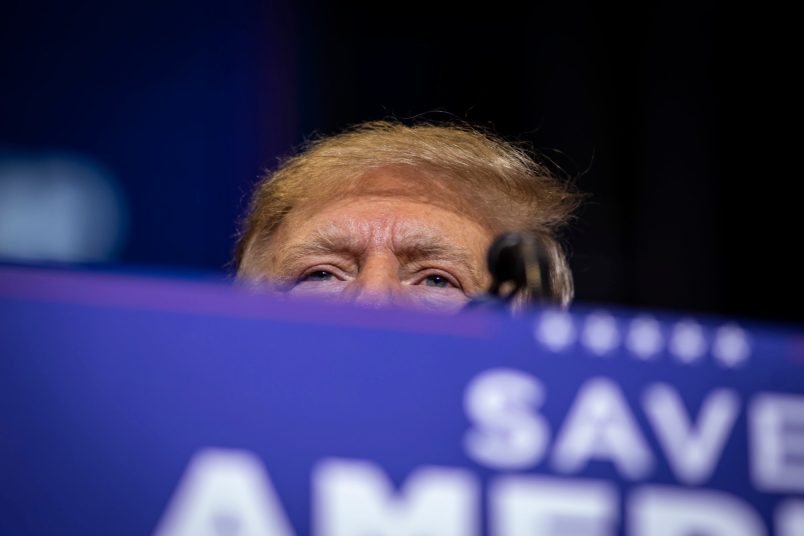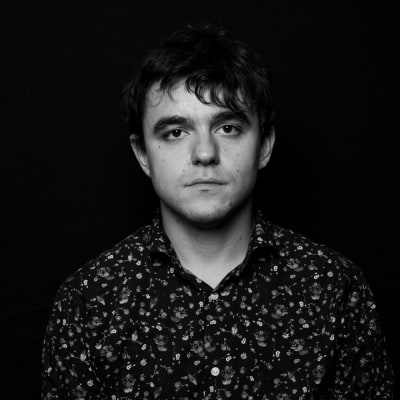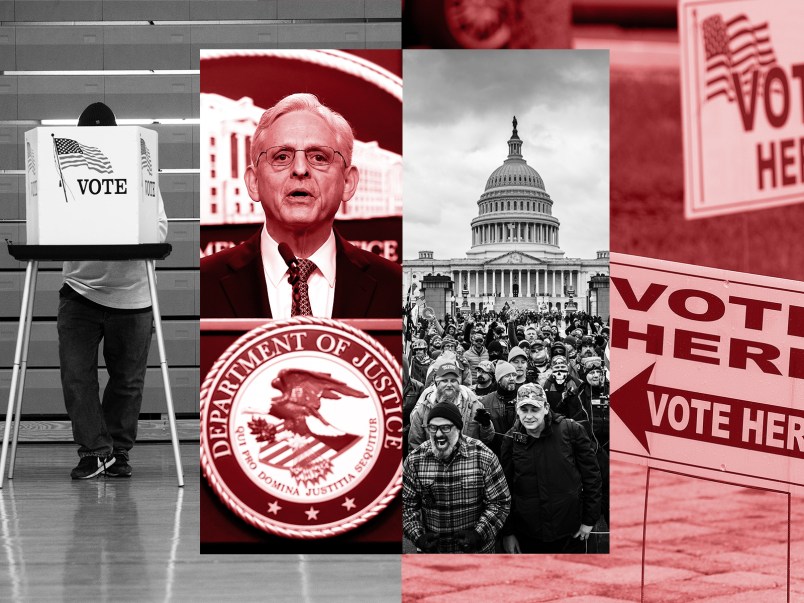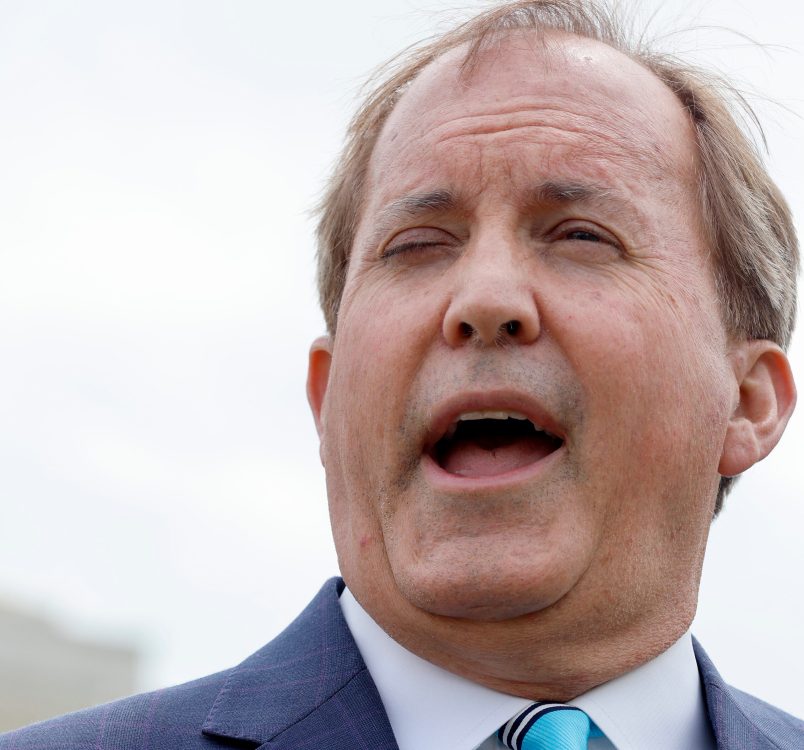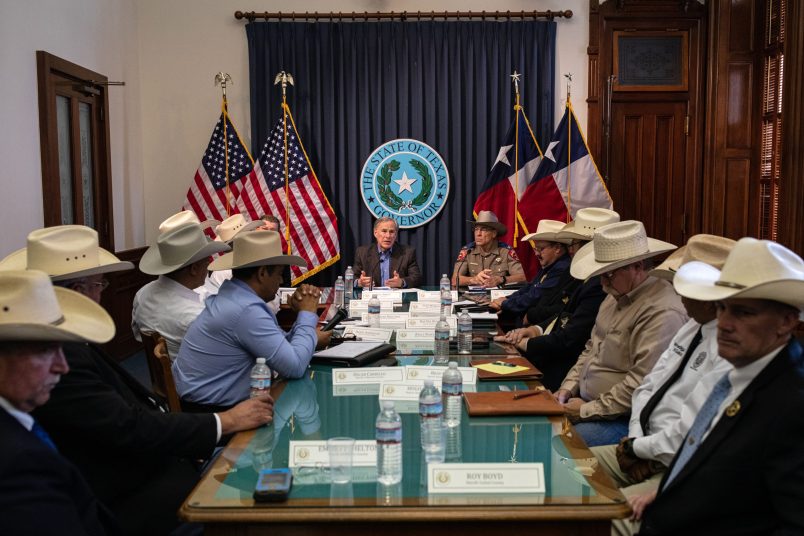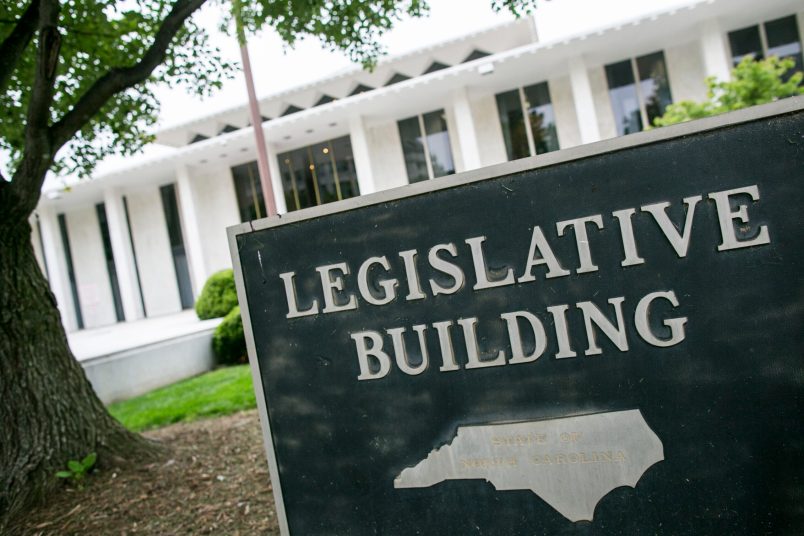The Jan. 6 Committee’s primetime Thursday presentation offered a sweeping view of former President Trump’s conspiracy to stay in office.
The panel attempted to illustrate several key points about the effort to subvert the 2020 election, connecting dots and identifying patterns that appeared in its investigation. They include the closeness of the Proud Boys and Oath Keepers militia groups to the conspiracy, the extent to which Trumpworld figures knew it was all a lie, and the central role that Trump himself played in the entire effort.
Below is a list of the main points that the committee’s presentation attempted to convey.
Putting Trump at the center of it all
Rep. Liz Cheney (R-WY) laid it out succinctly: none of this could have happened without President Trump.
But beyond that, Cheney suggested, Trump was involved in the details from start to finish.
That included his efforts to stoke the Big Lie, claiming that there was fraud in the election. It included him searching for arcane legal maneuvers — including an effort to replace senior DOJ leadership — for a way to stay in power. And, she said, it included the violence on Jan. 6.
“President Trump summoned the mob, assembled the mob, and lit the flame of the attack,” Cheney said.
When the violence came, Cheney said, Trump was silent.
“He placed no call to any element of the U.S. government to instruct the Capitol to be defended,” Cheney said.
The point was made even more clearly at the end. Not only did Trump stoke the lies that led to the riot, not only did he egg on the rioters and then refuse to use his powers to defend the Capitol once it began, but the insurgents who attacked believed they were doing it for him.
“Trump has only asked me for two things,” one said. “He asked me for my vote, and he asked me to come on January 6.”
Getting Trumpworld to turn against itself
The Jan. 6 panel persuaded some of former President Trump’s closest allies, advisers, and event family members to reveal what the world knew all along: that the Big Lie was just that — a lie.
That included famously loyal Attorney General Bill Barr.
“I told the president it was bullshit,” Barr said in an on-camera clip from his testimony, referring to claims that the election was stolen.
Barr was famously close to Trump as attorney general, running interference for him on multiple investigations and bending the office to his will like none of his predecessors had before.
But to the committee, Barr was willing to burn it down. “I didn’t want to be a part of it,” Barr said, referring to the campaign to allege that the election was stolen. He called it “complete nonsense” and “crazy stuff.”
Barr was a denizen of Trumpworld, albeit one with limits: he had a career pre-Trump — the former President did not make him.
The same cannot be said for Jason Miller, the communications strategist whose star rose with his role as 2016 Trump campaign spokesman. Miller spent the following years working as a Trump surrogate, and as a senior adviser to his failed 2020 election bid.
But, video played at the hearing showed, he was ready to relate to the panel how clearly the Trump campaign understood internally that it had lost.
Recalling a meeting at the Oval Office, Miller said that a Trump campaign data staffer had told the President “in pretty blunt terms that he was going to lose.”
But all of Barr’s loyalty and Miller’s subservience was outmatched by the bloodline: Ivanka Trump saying that she listened to Barr, and was persuaded: “I respect Attorney General Barr so I accepted what he was saying.”
Tying the Proud Boys and Oath Keepers
Throughout the whole timeline that the committee established — from the days after the November 2020 election through to the evening of Jan. 6 — were the actions of two far-right militia groups: the Oath Keepers and the Proud Boys.
The leaders of both groups currently face federal criminal charges of seditious conspiracy related to their alleged efforts to plan the assault on the Capitol.
But video released during the hearing on Thursday night showed how closely they were following Trump’s instructions. One video showed Oath Keepers leader Stewart Rhodes proclaiming his loyalty to the former president, and his willingness to fight for him to stay in office.
One committee investigator screened a video of Enrique Tarrio, the Proud Boys leader, standing in front of the Capitol wearing a black cape.
“In fact, it was individuals associated with the Proud Boys who instigated the initial breach,” he said.
A video montage of the violence of the day showed Proud Boys and Oath Keepers leading the charge, in organized fashion, into the Capitol.
It was a broad, sweeping conspiracy
Cheney characterized the plan that Trump and his acolytes settled on for Jan. 6 as not something narrow, or thought up on the spur of the moment. Rather, it was well-planned out, aimed at stopping Biden’s victory in November 2020 from going through.
Cheney said that the panel had uncovered a “sophisticated seven-part plan” which aimed at blocking the transfer of power.
Co-chair Rep. Bennie Thompson (D-MS) described it as a “sprawling, multi-step conspiracy,” and added that it was an “attempted coup.”
Evidence released during the course of the hearing included video recordings of multiple former Trump administration and campaign officials admitting that they knew, or were told, that the election was not stolen.
Trump knew he lost, and still lied
Barr laid it out clearly: he spoke with Trump three times about the election, and told him that he lost.
“I made it clear that I did not agree with the idea of saying that the election was stolen,” Barr said. “You can’t live in a world where the incumbent administration stays in power, based on its view, unsupported by specific evidence, that there was fraud in the election.
Others, directly from within the Trump campaign, made the same point.
Alex Cannon, a Trump campaign attorney, recalled telling Chief of Staff Mark Meadows that the campaign had found nothing to suggest that voter fraud influenced the result of the election. “So, there’s no there there,” Cannon recalled Meadows as saying.
It all gets close to establishing a basic and fundamental point: that Trump knew he had lost. If the committee can show that, it will demonstrate that Trump himself wasn’t deluded; rather, he was directing a conspiracy to mislead millions of people, one that ended in mass violence and tragedy on Jan. 6.





